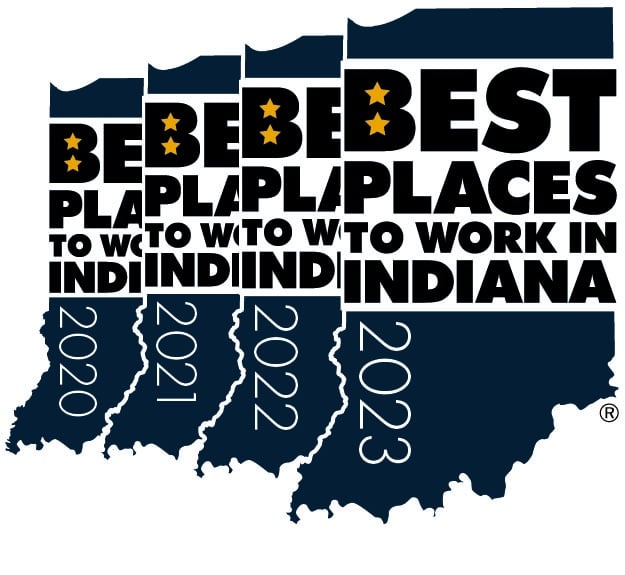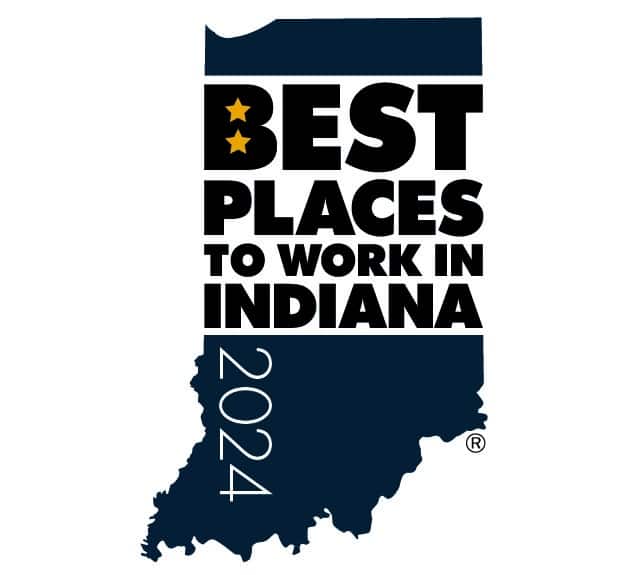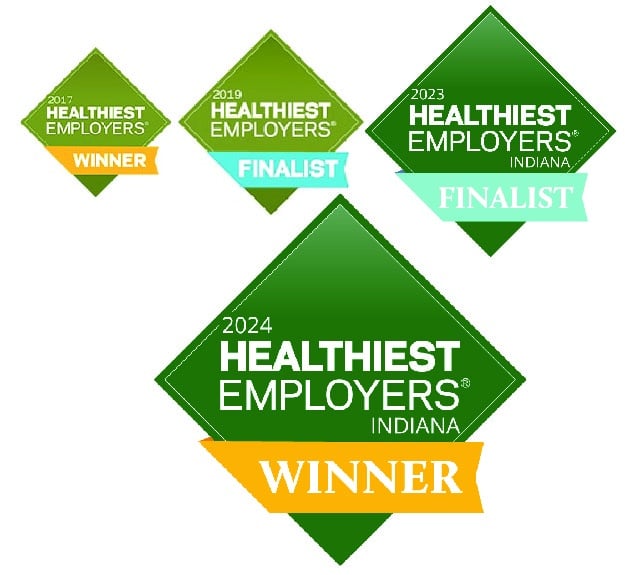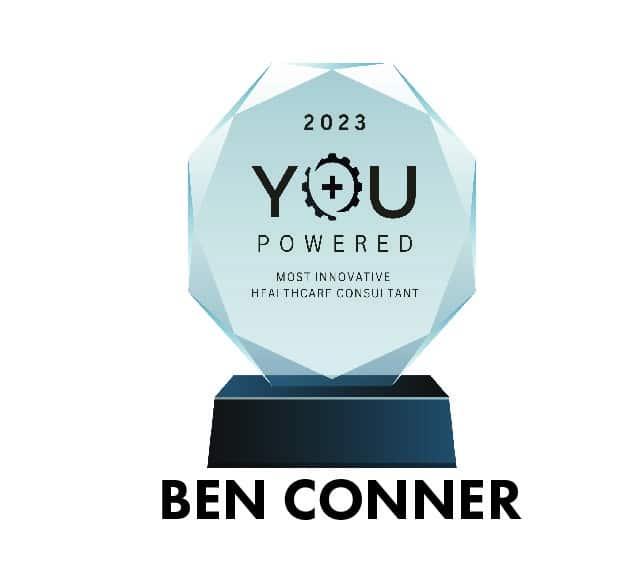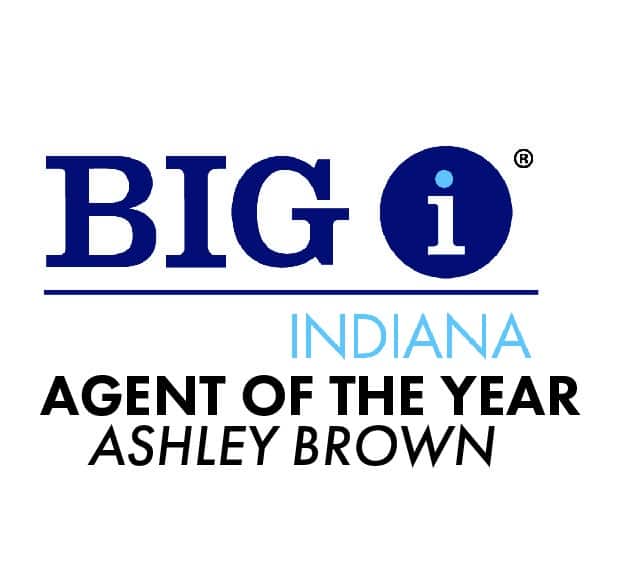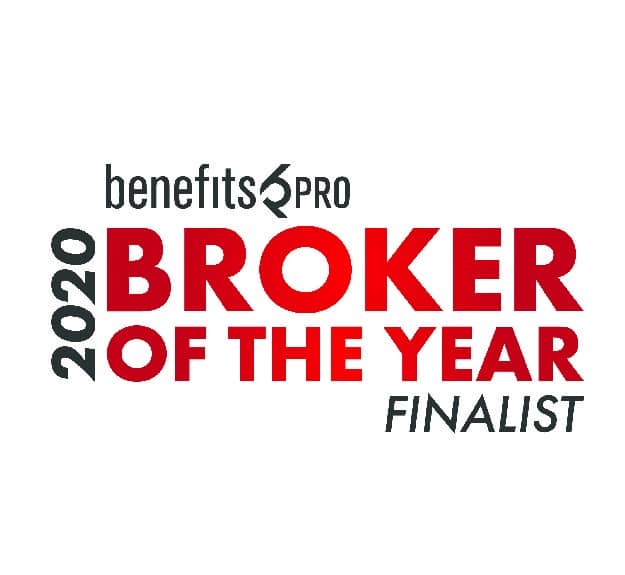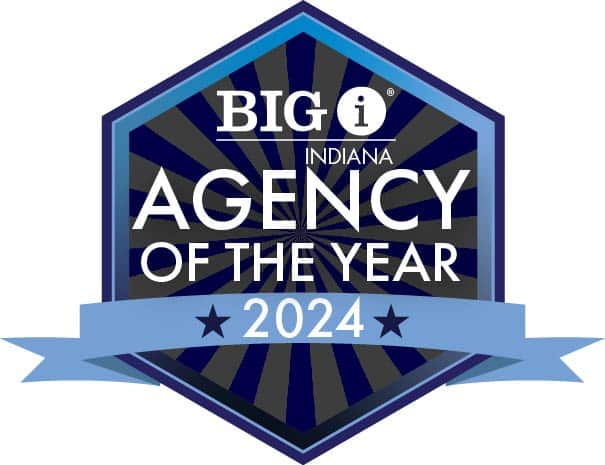
Top Benefits Benchmarking Tool for Employers
Grade your Employee Benefits Plan by Benchmarking: Compare and Improve Your Benefits Plans
The ultimate tool for assessing and enhancing your company's benefits package. The Health Rosetta Plan Grader utilizes advanced algorithms to deliver a concise grade, benchmarked against industry standards, along with targeted insights into areas of strength and improvement. In a competitive talent landscape, this user-friendly tool empowers you to optimize your health plan, ensuring it stands out and attracts top talent. Elevate your employee benefits strategy with data-driven decision-making and take the first step towards providing your team with a truly exceptional benefits experience.
Step 1
Fill out the 5-minute Plan Grader form below.
Step 2
Receive your completed Health Plan Snapshot Assessment via email in 2-3 business days.
Step 3
Assess the current state of your health plan and implement new strategies based on your results. Questions? Set-up a call with an Advisor to review your results.
Grading Your Employee Benefits Plan by Benchmarking: Compare and Improve Your Benefits Plan
When managing an organization, offering a competitive employee benefits plan is crucial. But how can you ensure your benefits plan stands out or meets industry standards? Benchmarking your employee benefits can be a strategic approach to not only compare your offer with others but also to elevate it according to the industry benchmarks. This article explores the importance of benchmarking in evaluating and improving employee benefits packages, outlining a pathway for companies to grade and enhance their offerings systematically.
Table of Contents
- Why is Benchmarking Employee Benefits Important?
- Understanding the Concept of Benefits Benchmarking
- The Value of Grading Your Benefits Plan through Benchmarking
- Advantages of Regularly Comparing and Updating Employee Benefits
- How to Implement Benchmarking in Your Benefits Plan?
- Steps to Grade Your Employee Benefits Plan
- Choosing the Right Benchmarks for Comparisons
- Interpretation and Application of Evaluation Results
- How Can Benchmarking Improve Your Benefits Plan?
Why is Benchmarking Employee Benefits Important?
Understanding the significance of benchmarking employee benefits is crucial in today's competitive workforce landscape. Through benefits benchmarking, organizations can gather vital data to compare their employee benefits against those of their competitors. This comparison is not just about keeping up with the Joneses but ensuring that your benefits package is attractive enough to retain your current employees and entice prospective ones.
Employer benefits benchmarking serves as a strategic compass, guiding HR leaders in optimizing HR programs to enhance employee engagement. In the age of flexible work arrangements and holistic wellbeing bundles, staying updated with the latest trends and expectations in employee benefits is no longer optional but essential.
Regularly conducting an employee benefits survey, as part of your benefits benchmarking process, can further affirm where your package stands in the competitive arena. Engaging in this practice ensures that your benefits strategy is not operating in a vacuum but is responsive to the evolving needs and preferences of the workforce.
Understanding the Concept of Benefits Benchmarking
Benefits benchmarking is the systematic comparison of an organization's employee benefits with those of other companies within the same industry or region. This process involves collecting, analyzing, and interpreting data related to perks programs, plan design, and overall benefits management.
This methodical approach in benefits benchmarking allows HR leaders to paint a clearer picture of where their benefits packages stand in the competitive landscape. By doing so, companies can identify gaps in their current offerings and pinpoint areas for improvement or enhancement.
Participating in or acquiring a detailed benchmarking report is a key step in this process. Such reports provide valuable insights into industry standards, helping companies to gauge how their benefits stack up against those of their competitors.
The Value of Grading Your Benefits Plan through Benchmarking
Grading your benefits plan through benchmarking is an insightful exercise that sheds light on the competitiveness and attractiveness of your employee benefits package. This evaluation can reveal critical insights, such as how your perks programs align with those offered by industry leaders or whether your wellness initiatives meet the mark.
Moreover, the feedback loop created through employee surveys and benchmarking studies opens the door for enhancing employee satisfaction. When employees see that their needs and preferences are considered in plan design and benefits strategy adjustments, it fosters a culture of appreciation and belonging.
Your benefits package might include innovative elements like a lifestyle spending account, but without grading and benchmarking, it's challenging to ascertain its impact on employee engagement and company attractiveness. Hence, grading not only benchmarks performance but also directs strategy.
Advantages of Regularly Comparing and Updating Employee Benefits
- Enables HR leaders to develop a competitive benefits package.
- Fosters employee engagement through well-received and relevant benefits.
- Aids in the optimization of HR programs to address current workforce needs.
- Encourages continuous improvement in benefits management and strategy.
- Enhances employee satisfaction, which can lead to increased retention rates.
Moving from understanding the importance of benchmarking to implementing these practices is the next crucial step towards optimizing your employee benefits plan.
How to Implement Benchmarking in Your Benefits Plan?
Steps to Grade Your Employee Benefits Plan
To effectively grade your employee benefits plan, begin by collecting comprehensive data on your current benefits offerings. This includes details about health insurance, retirement plans, flexible work arrangements, and any unique perks or wellbeing bundles your company offers.
Next, conduct an employee benefits survey to gauge employee satisfaction and areas of importance. Employees' perspectives are invaluable in understanding the impact of your benefits strategy on your workforce. Additionally, participating in or analyzing benefits benchmarking studies gives you a point of comparison against your industry peers.
Finally, synthesize this information to identify strengths, weaknesses, and areas for improvement. This grading exercise should not be a one-time event but an integral part of your ongoing benefits strategy and management.
Choosing the Right Benchmarks for Comparisons
Selecting appropriate benchmarks is critical to obtain meaningful insights from your benefits benchmarking efforts. Consider factors such as industry, company size, geographical location, and employee demographics to ensure comparability.
The choice of benchmarks will significantly influence your strategic decisions. A benchmark report focusing on your specific industry can offer precise insights, while a broader comparison might provide a wider perspective on trends and innovations outside your immediate competitive set.
Remember, the goal is to gather actionable insights, so prioritize benchmarks that align with your organizational goals and strategic vision.
Interpretation and Application of Evaluation Results
The final step involves interpreting the findings from your benchmarking exercises and applying them to your benefits strategy. This may involve enhancing existing benefits, adding new offerings, or even scaling back on underutilized programs.
This interpretation phase should be collaborative, involving stakeholders from HR, finance, and even employee representative groups. Their insights can ensure that any changes to the benefits package genuinely meet employee needs and align with company objectives.
Moreover, it's crucial to communicate any changes to employees clearly and effectively. Transparency during these strategy adjustments fosters trust and underscores the company's commitment to its workforce's wellbeing.
How Can Benchmarking Improve Your Benefits Plan?
The Role of Benchmarking in Strategy Adjustments
Benchmarking plays a pivotal role in guiding strategic adjustments to benefits packages. By identifying areas where the organization excels or lags, HR leaders can make informed decisions on where to allocate resources for the most significant impact.
Benefits benchmarking also illuminates emerging trends, such as the increasing preference for flexible work arrangements or lifestyle spending accounts, enabling companies to remain at the forefront of employee benefits innovation.
Ultimately, the insights gained from benchmarking empower HR leaders to craft a benefits package that is not only competitive but also reflective of the company's culture and values.
Enhancing Employee Satisfaction and Retention through Benchmarking
Employees today are more discerning about their benefits packages, viewing them as a key factor in their overall employment satisfaction and commitment. Benchmarking facilitates adjustments to benefits offerings that resonate with employees' needs, thus enhancing satisfaction and boosting retention.
An effectively benchmarked and managed benefits package signals to employees that their wellbeing is a priority, fostering a more engaged and loyal workforce. This, in turn, translates to better performance, lower turnover rates, and a stronger employer brand.
Continuous Improvement and Progress Tracking through Benchmarking
Adopting a continuous improvement mindset is essential in today's dynamic work environment. Regular benefits benchmarking allows companies to keep pace with industry standards and employee expectations, ensuring that their benefits package remains relevant and competitive.
Moreover, by integrating benchmarking into the annual benefits review process, companies can track progress over time, adjust strategies as needed, and celebrate successes when benchmarks are met or exceeded. This ongoing commitment to excellence in benefits management fosters a culture of innovation and continual growth.
Incorporating benchmarking into your benefits strategy is not just a matter of keeping up with trends—it's about making informed decisions that contribute to your employees' satisfaction, engagement, and overall company success. By methodically comparing, grading, and updating your benefits package, you ensure that your organization remains a desirable place to work, now and in the future.
Serving Indiana and Beyond
Protect your employees, customers, and your business with Conner Insurance. We cover Carmel, Westfield, Fishers, Indianapolis, and Brownsburg, and the entire state of Indiana. Don't live in Indiana? We can write policies in all 50 U.S. states. In addition to benefits, we also offer commercial insurance, consulting, and personal insurance policies. Contact us at (317) 808-7711 to speak to an insurance advisor.




